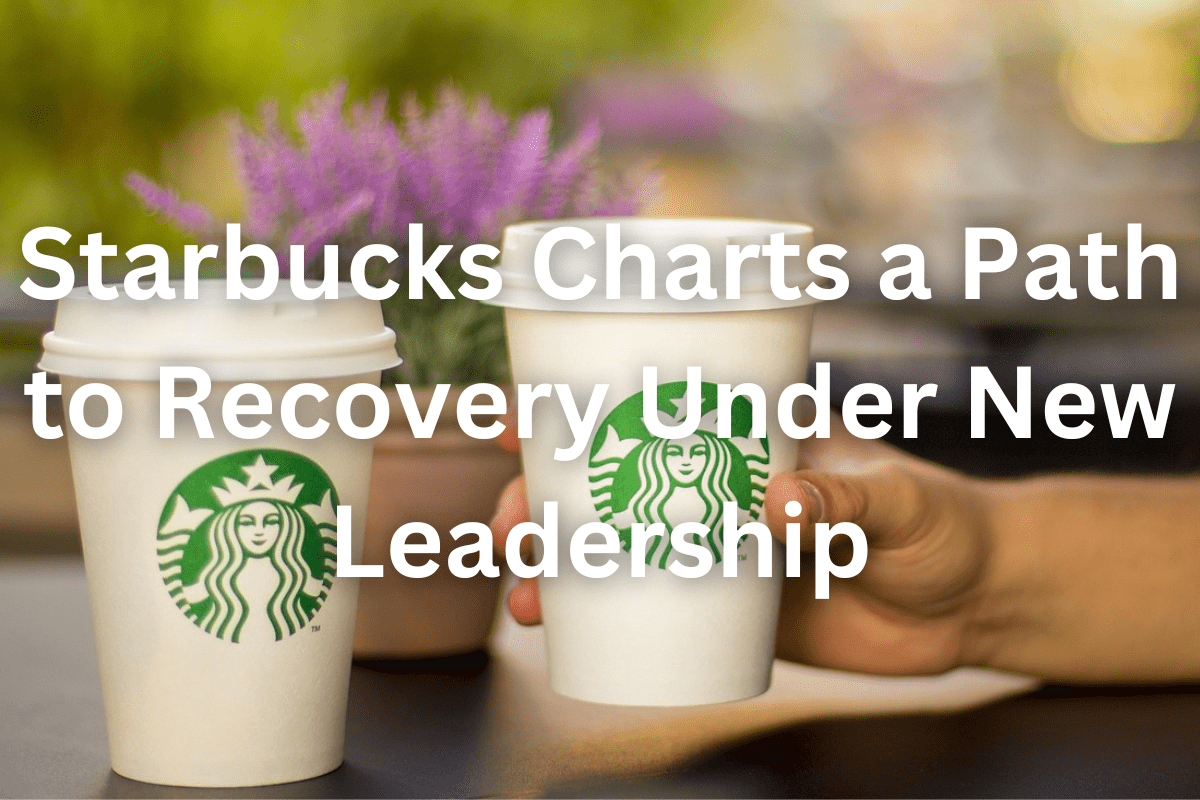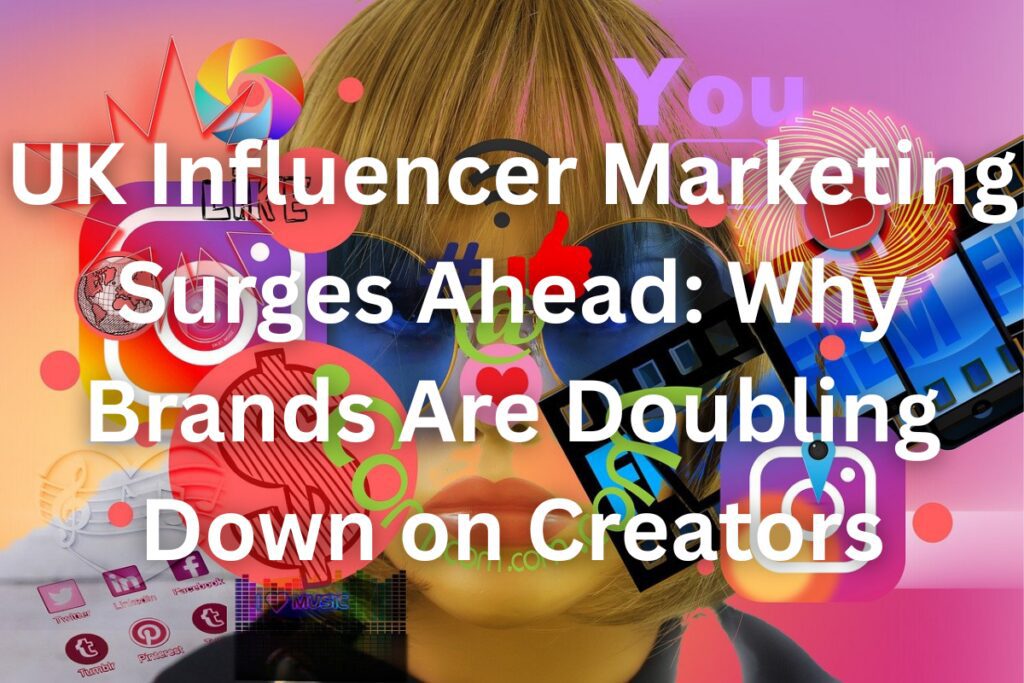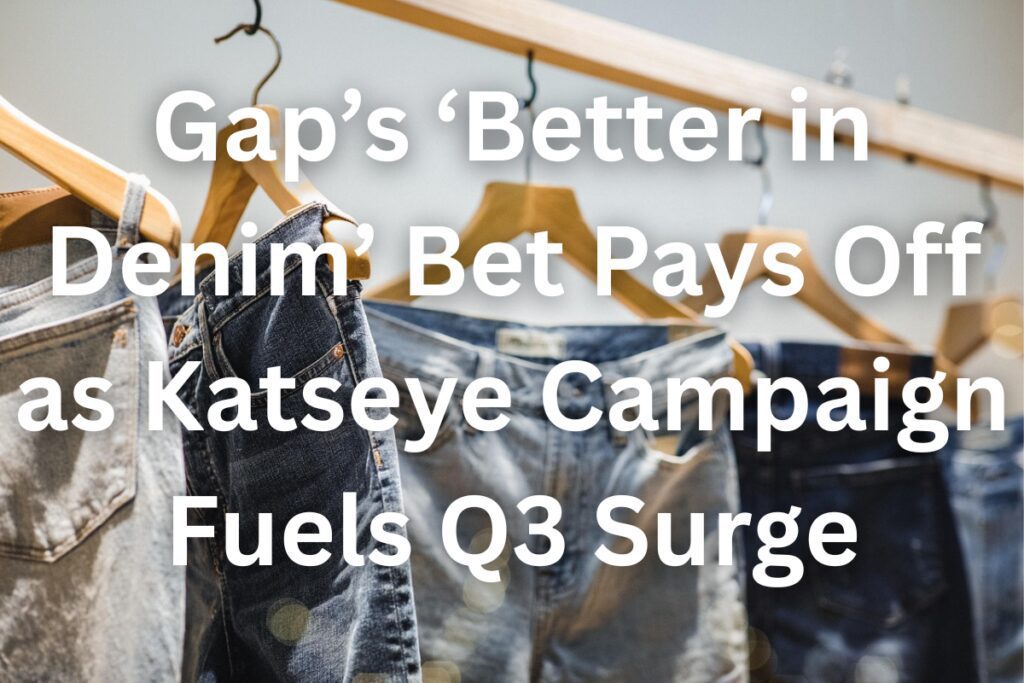Starbucks has faced a challenging first full quarter under its new CEO, Brian Niccol.
The coffee chain has seen a decline in comparable store sales and flat consolidated net revenues compared to the previous year.
However, despite these struggles, Niccol remains optimistic, highlighting a strategic roadmap that aims to stabilise the business and drive long-term growth.
A New Vision for Starbucks
Recognising the need for change, Starbucks is implementing a disciplined investment strategy focused on labor, marketing, technology, and store operations.
According to Niccol, while there is still room for improvement, these initiatives will help restore Starbucks to its former strength and position it for sustained success in the competitive coffee market.
A key component of this recovery plan is the ‘Back to Starbucks‘ initiative, which seeks to reinvigorate the brand, enhance the morning customer experience, reestablish the coffeehouse as a community hub, and improve workplace conditions for employees.
Marketing at the Forefront of the Turnaround
Marketing has taken center stage in Starbucks’ transformation efforts. Moving away from heavy discounting, the brand is shifting toward a premium positioning strategy.
This transition includes targeted marketing efforts designed to broaden Starbucks’ appeal and reinforce its image as a provider of high-quality coffee and an elevated customer experience.
One of the company’s most significant marketing initiatives in this period is the launch of a new 30-second television advertisement, which began airing this past weekend.
The commercial, featuring The Ting Ting’s song That’s Not My Name, highlights the unique Starbucks tradition of baristas writing customer names and messages on cups – a hallmark of its personal touch.
The CEO also emphasised that this campaign marks a shift toward working dollars that strengthen the brand experience.
A Fresh Creative Direction
To support its reinvigorated marketing push, Starbucks has enlisted Stagwell-owned agency Anomaly to handle its U.S. creative work. This appointment, made earlier this month, replaces WPP, which had previously created a bespoke Team Starbucks unit for the account.
The transition to Anomaly aligns with Starbucks’ broader brand refresh efforts and follows the appointment of Tressie Lieberman as the company’s first global chief brand officer.
Lieberman’s role underscores Starbucks’ commitment to crafting a more cohesive and impactful global brand identity.
Looking Ahead
While Starbucks continues to navigate a period of financial uncertainty, its leadership remains confident that the company’s strategic investments will yield positive results.
The renewed focus on marketing, customer experience, and brand identity signals a concerted effort to reclaim Starbucks’ status as a dominant force in the coffee industry.
As the company progresses through its ‘Back to Starbucks’ plan, time will tell whether these measures will successfully restore the brand’s appeal and drive meaningful growth.









